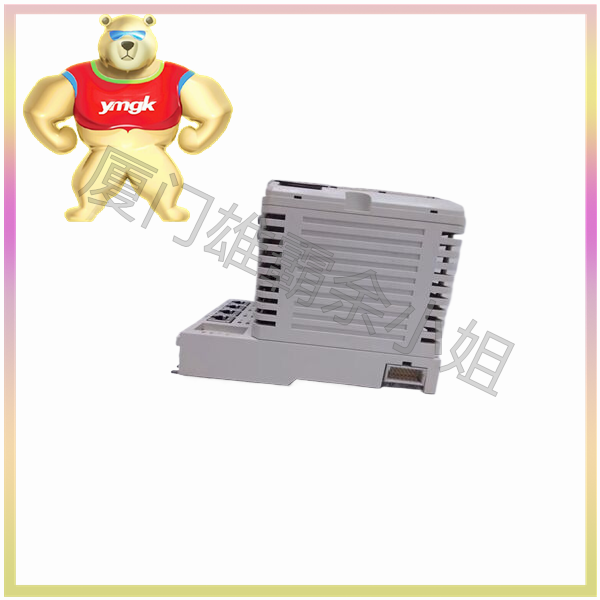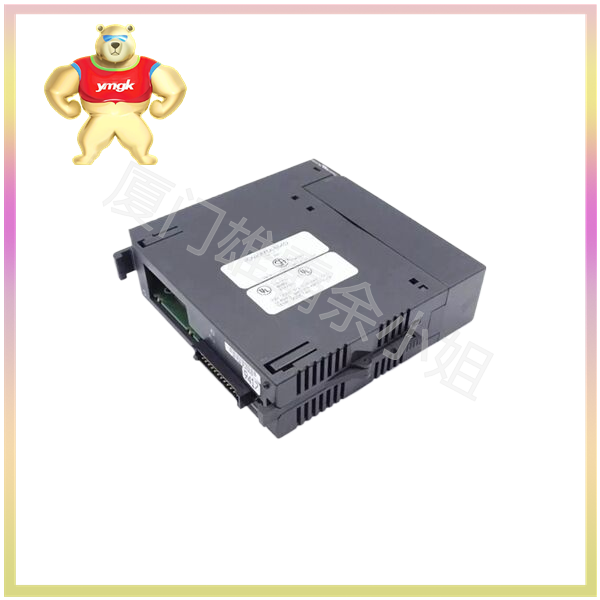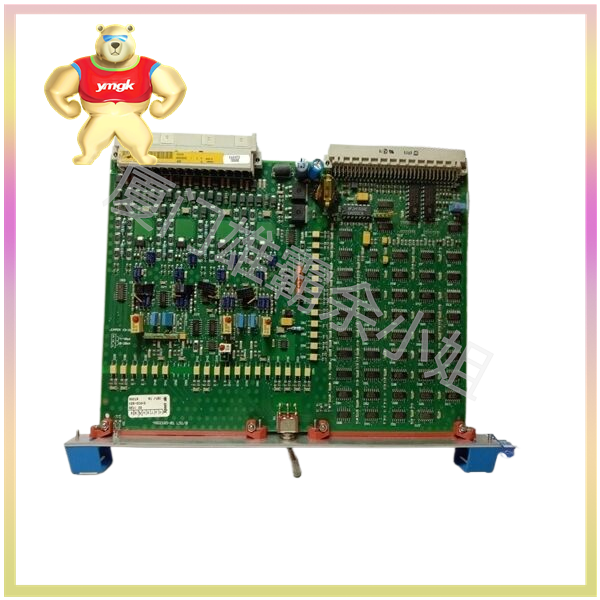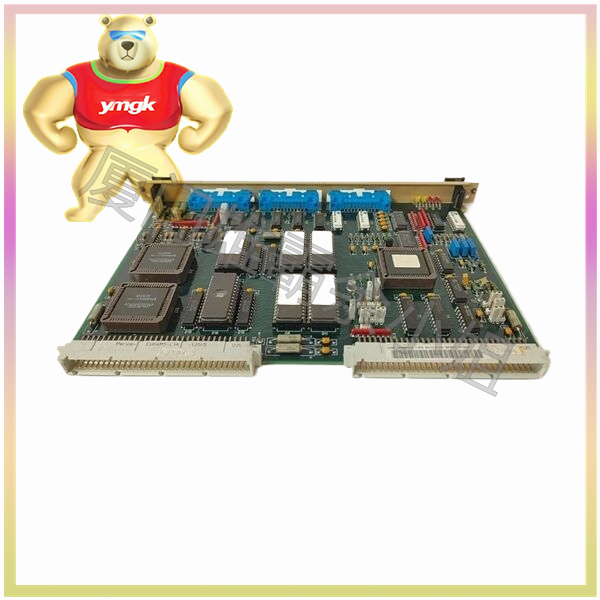The CPU controller, also known as the central processing unit controller, is one of the core components of computer hardware, responsible for executing program instructions and controlling the operation of the computer. The type and characteristics of CPU controllers have a significant impact on the performance and efficiency of computers. This article will provide a detailed introduction to two types of CPU controllers: single core processors and multi-core processors, as well as their characteristics and applications.
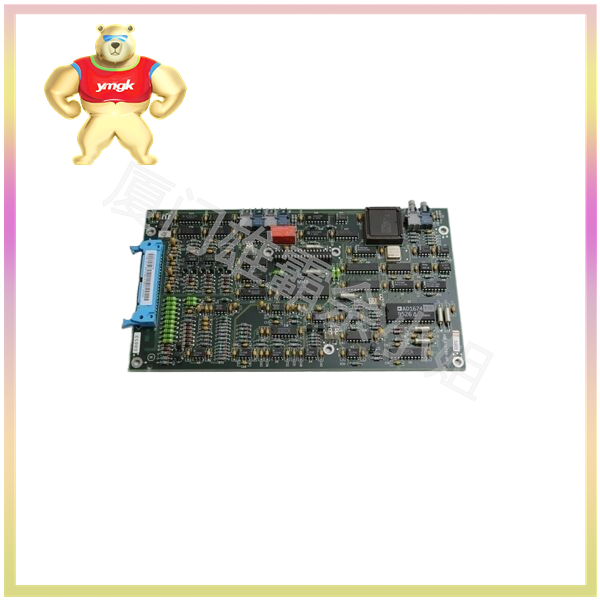
1、 Single core processor
Definition of Single Core Processor
A single core processor refers to a CPU with only one processor core. In a single core processor, all computing tasks are completed by a single core, which may lead to performance bottlenecks when handling multitasking.
Characteristics of Single Core Processor
(1) Simple structure: The structure of a single core processor is relatively simple because it only has one core and does not require complex multi-core coordination mechanisms.
(2) Low cost: Due to its simple structure, the production cost of single core processors is relatively low, which makes them highly competitive in the low-end market.
(3) Low power consumption: Single core processors have relatively low power consumption because they only need to provide power to one core.
(4) Suitable for simple tasks: Single core processors are suitable for handling some simple tasks, such as text processing, web browsing, etc.
Application of Single Core Processor
Single core processors are mainly used in some low-end markets, such as entry-level personal computers, tablets, smartphones, etc. These devices typically do not require complex computing tasks, and a single core processor can meet their needs.
2、 Multi-core processor
Definition of multi-core processors
A multi-core processor refers to a CPU with two or more processor cores. In multi-core processors, each core can independently perform computing tasks, which enables multi-core processors to have higher performance when handling multiple tasks.
Characteristics of multi-core processors
(1) High parallelism: Multi core processors have high parallelism and can handle multiple tasks simultaneously, improving computational efficiency.
(2) High performance: Multi core processors typically perform better than single core processors because they can handle multiple tasks simultaneously, avoiding performance bottlenecks for single core processors when dealing with multitasking.
(3) High power consumption: Multi core processors typically consume more power than single core processors because they need to provide power to multiple cores.
(4) Suitable for complex tasks: Multi core processors are suitable for processing complex tasks such as graphics processing, video encoding, scientific computing, etc.
Application of multi-core processors
Multi core processors are mainly used in some high-end markets, such as high-performance personal computers, servers, workstations, etc. These devices need to handle complex computing tasks, and multi-core processors can provide higher performance.
3、 Comparison between Single Core Processor and Multi Core Processor
performance comparison
Multi core processors have higher performance when processing multiple tasks because they can handle multiple tasks simultaneously. Single core processors may encounter performance bottlenecks when handling multitasking.
Cost comparison
The cost of a single core processor is usually lower than that of a multi-core processor because their structure is relatively simple and their production cost is lower.
Power consumption comparison
Single core processors typically have lower power consumption than multi-core processors because they only need to provide power to one core.
Comparison of applicable scenarios
Single core processors are suitable for handling simple tasks such as text processing, web browsing, etc. Multi core processors are suitable for handling complex tasks such as graphics processing, video encoding, scientific computing, etc.
4、 The Development Trend of CPU Controllers
Multinucleation
With the increasing complexity of computing tasks, multi-core processors will become the mainstream of CPU controllers. Multi core processors can provide higher performance and meet the growing computing demands.
Heterogeneous computing
Heterogeneous computing refers to the use of different types of processors in the same system to perform different tasks. For example, the CPU and GPU can work together, with the CPU responsible for executing general-purpose computing tasks and the GPU responsible for executing graphics and parallel computing tasks. Heterogeneous computing can improve computational efficiency and reduce power consumption.
Low power design
With the popularity of mobile devices, low-power design has become an important development direction for CPU controllers. By adopting advanced process technology, optimized circuit design, and intelligent power management strategies, the power consumption of CPU controllers can be reduced and the battery life of devices can be extended.
Artificial Intelligence Optimization
With the rapid development of artificial intelligence technology, CPU controllers need to be optimized for AI tasks. For example, by introducing dedicated neural network processors, optimized instruction sets, and algorithm libraries, the performance of CPU controllers in artificial intelligence tasks can be improved.
5、 Conclusion
The CPU controller is the core component of computer hardware, and its type and characteristics have a significant impact on the performance and efficiency of the computer. Single core processors and multi-core processors each have their own advantages and disadvantages, and are suitable for different application scenarios. With the increasing complexity of computing tasks, multi-core processors will become the mainstream of CPU controllers. Meanwhile, the development trends of CPU controllers include multi-core, heterogeneous computing, low-power design, and artificial intelligence optimization, which will continuously improve the performance and efficiency of CPU controllers.



